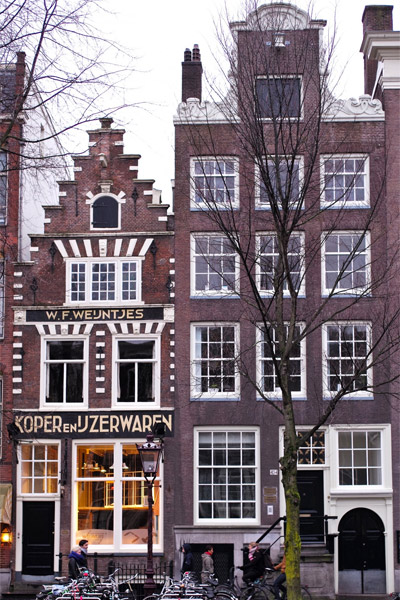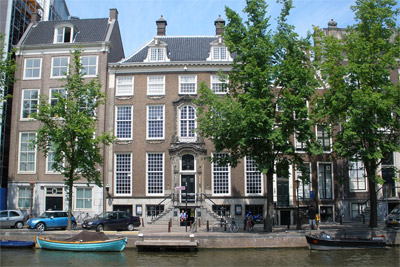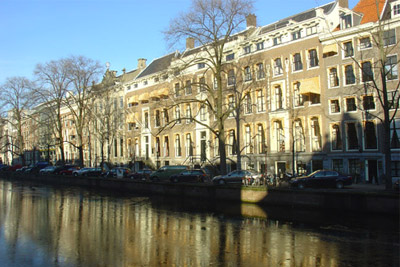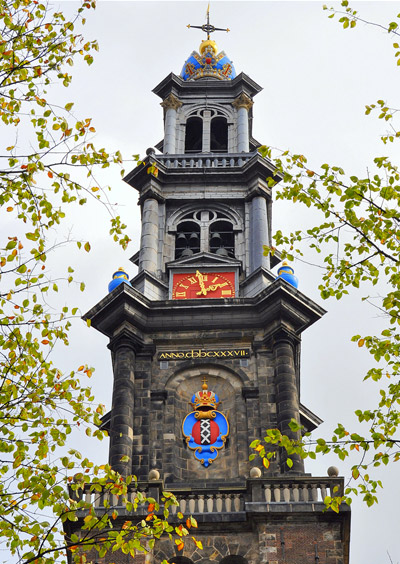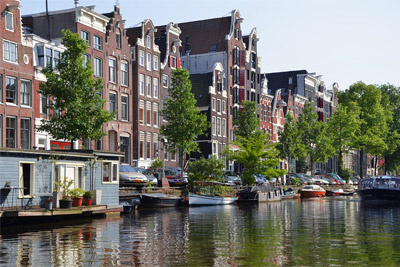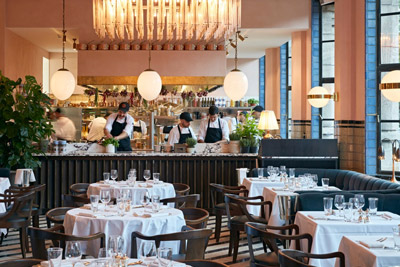Golden Age
Amsterdam grew rapidly in the 17th century. The city quickly became prosperous and the number of residents increased. Canals were dug for the affluent elite, and many 'city palaces' were erected for rich merchants, bankers and city officials.
The Herengracht and Keizersgracht were the most attractive areas to live: close to the centre and with large plots of land.





